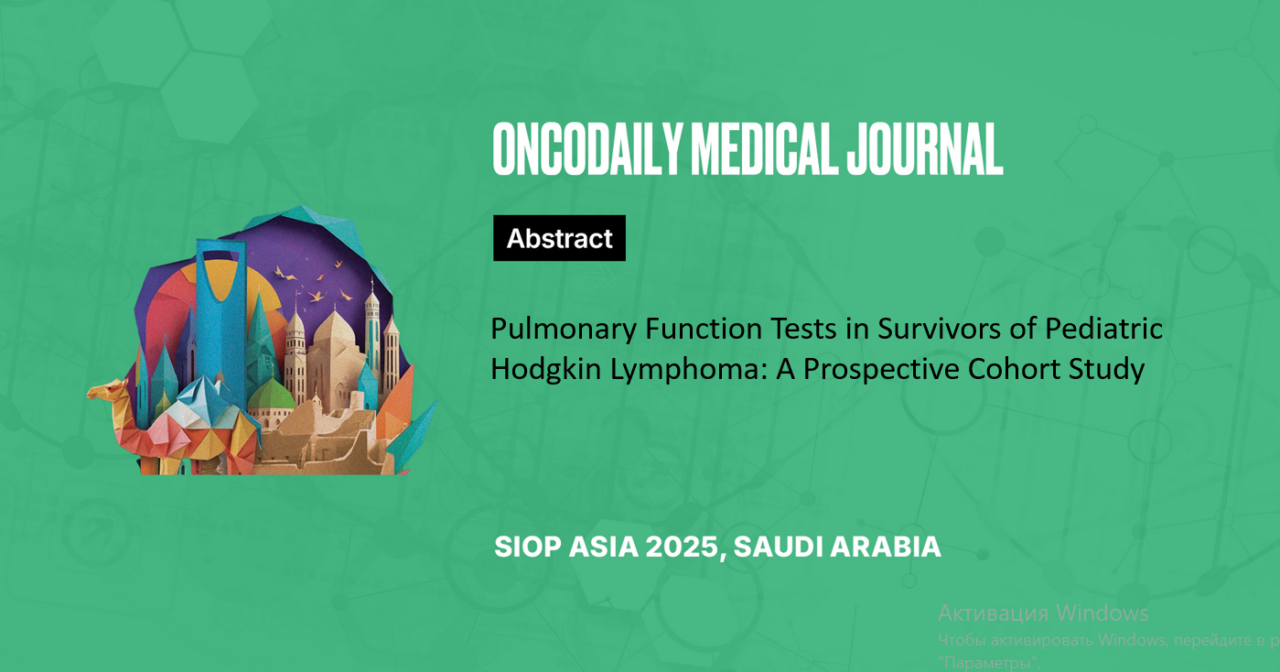Abstract
Introduction: Hodgkin’s Lymphoma is a common paediatric cancer with high cure rates. Bleomycin is an integral component of Hodgkin’s Lymphoma treatment protocols. It is known to have adverse effects on the lungs thus pulmonary morbidity is a long-term complication of treatment. Study was carried out to evaluate pulmonary functions in survivors of Hodgkin’s lymphoma.
Methodology: Survivors of Hodgkin’s lymphoma (HL) 48 and controls 40 were retrospectively studied. Inclusion criteria was: Age 8 to 18 years, > 1 year after completion of chemotherapy without pre-existing pulmonary or cardiac disease. Exclusion criteria was: Relapsed/refractory cases. Cases and controls were subject to pulmonary function test (PFT) including forced vital capacity (FVC), forced expiratory volume in one second (FEV1), ratio of FVC and FEV 1 and peak expiratory flow (PEF).
Results: Mean presenting age was 12.4 ± 3.08 and 12.2 ± 2.85 years in HL and control group respectively. Mean age at diagnosis was 8.67 ± 2.49 years in the HL group. Six patients, (12 .5%) had abnormal PFT with restrictive type abnormality. FEV1 and FVC were significantly decreased in the group with abnormal PFT. Mean age at diagnosis in patients with abnormal and normal PFT was 6.3 ± 1.53 versus 10 ± 2.45 years (P< 0.001). The groups did not differ significantly in gender, present age, stage of disease, interval from diagnosis, and cumulative dose of bleomycin. On multivariate analysis, age at diagnosis 6 years, was a risk factor for abnormal PFT’s (RR 9.00, 95% CI 1.52.-58.73, p= 0.035).
Conclusion: Exposure to treatment modalities with adverse pulmonary effects can lead to long term respiratory complications. Restrictive type pulmonary function abnormality was observed in 12.5% HL patients of the present study. Young age was the most significant risk factor. Pulmonary function tests should be included regularly as part of follow up.





